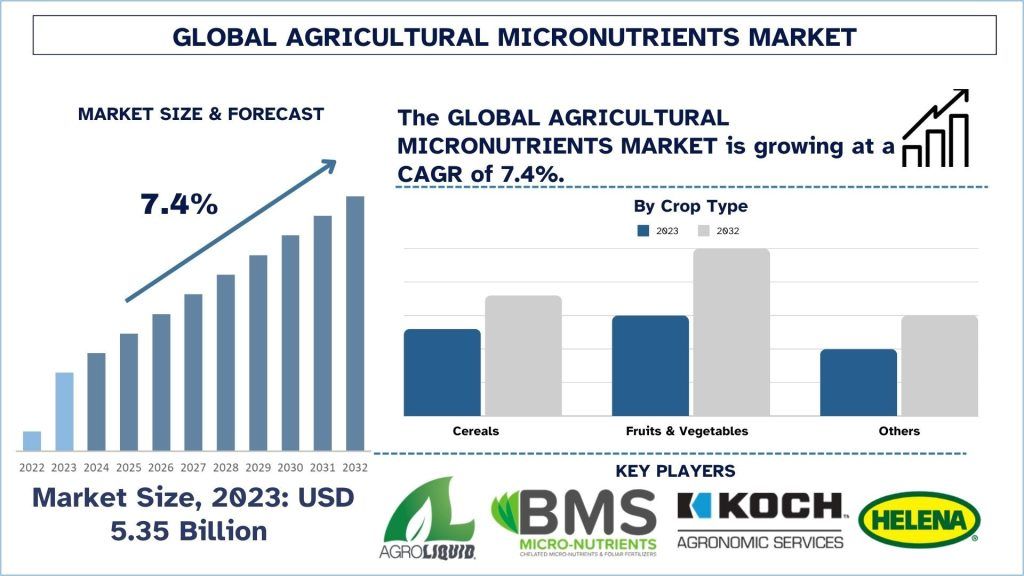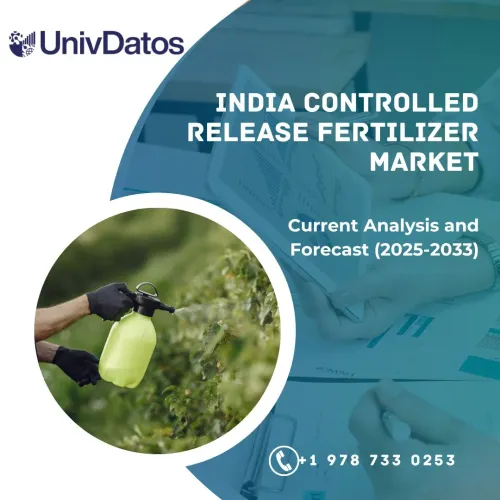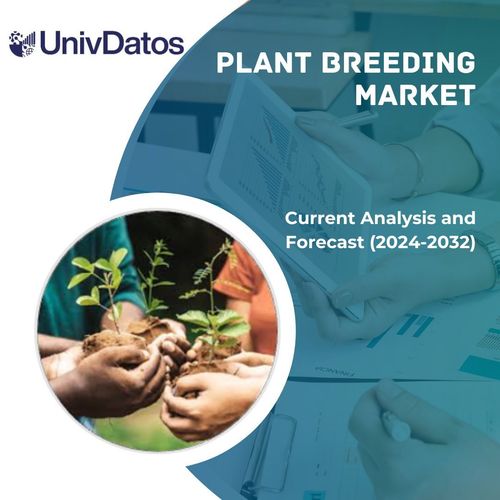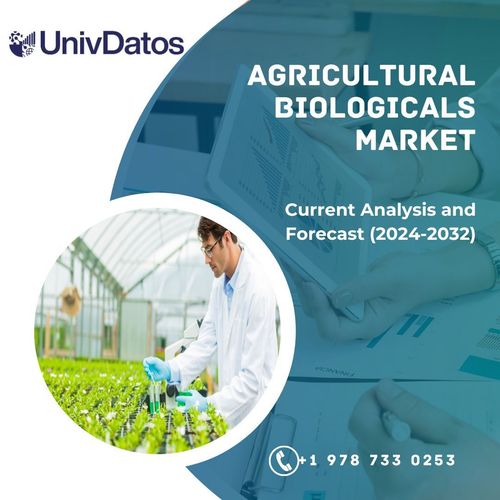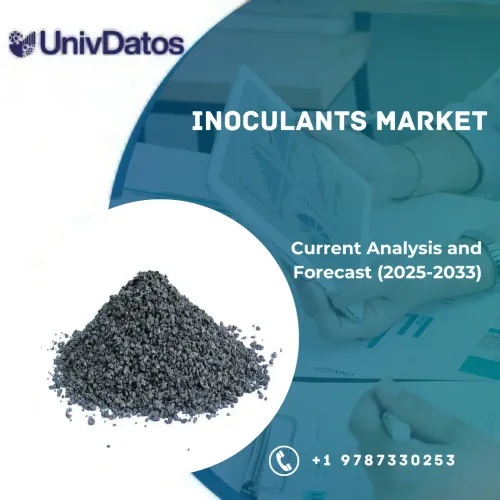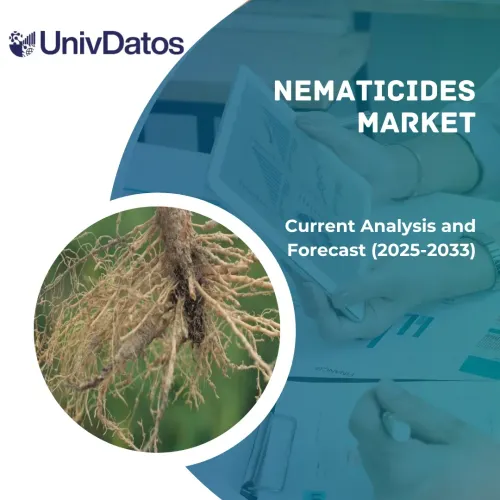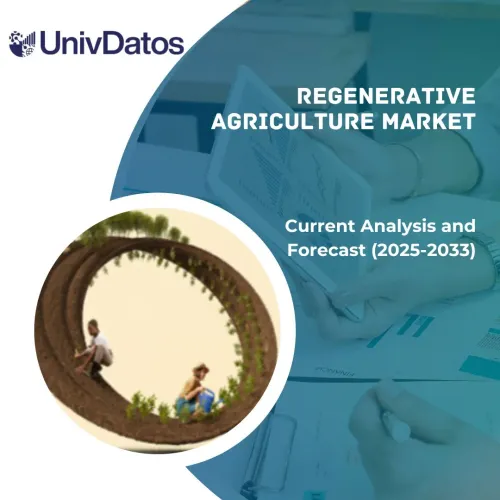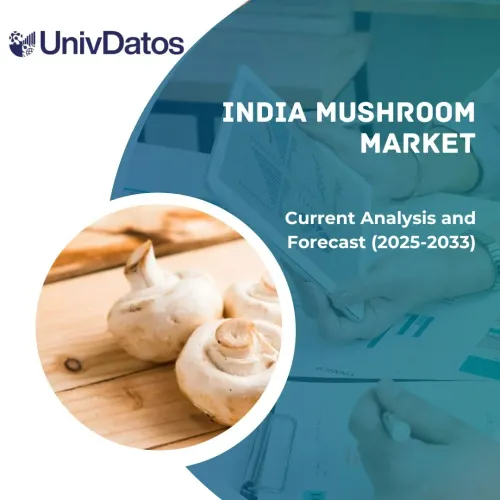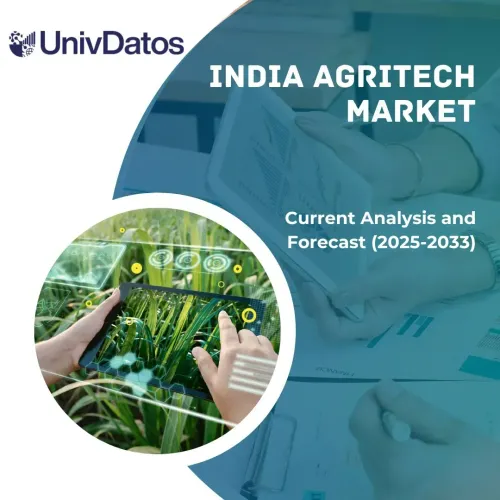- Home
- About Us
- Industry
- Services
- Reading
- Contact Us
Agricultural Micronutrients Market: Current Analysis and Forecast (2024-2032)
Emphasis on Crop Type (Cereals, Fruits & Vegetables, and Others); Form (Chelated and Non-Chelated); Application (Foliar, Fertigation, and Others); and Region/Country
Agricultural Micronutrients Market Size & Forecast
The Agricultural Micronutrients Market was valued at approximately ~USD 5.35 billion in 2023 and is expected to grow at a strong CAGR of around 7.4% during the forecast period (2024-2032) owing to the increasing awareness of plant nutrition and a growing focus on the development of high crop type yields globally.
Agricultural Micronutrients Market Analysis
The micronutrient market for agriculture is an important segment forming the global agricultural industry that comprises nutrients required by plants and other crop types in very small quantities for their healthy growth and production. These micronutrients for instance zinc, iron, copper, manganese, boron, and molybdenum are indispensable as they take part in special physiological processes like enzyme activities, photosynthesis, and nutrient absorption. Some of the factors that propel the market include the global population’s growing need for food, soil degeneration, and growing awareness of nutrient deficiencies. Pest control as a key innovation element, progress in smart farming as well as the shift to sustainability in farming, and the importance of organic farming also fuel the need for targeted micronutrients.
Recent Developments in the Market:
In May 2024, Indian Farmers Fertilizer Cooperative Limited (IFFCO) added another innovative product to its crop nutrition portfolio with the approval of zinc liquid and nano copper liquid by the Fertilizer Control Order (FCO).
In December 2023, Aries Agro Limited, a 54-year-old leading Indian agri-inputs company, organized a comprehensive training program specifically tailored for apple farmers. The event aimed to equip farmers with essential technical knowledge about micronutrients and the optimal usage of high-quality Aries range of fertilizers for enhancing apple yield and quality. The training program, attended by over 100 progressive farmers and retailers, focused on imparting crucial insights into the significance of micronutrients in apple cultivation.
In October 2023, Zuari FarmHub, an agritech company in India, announced its partnership with CropX Technologies, a global agri-tech company specializing in digital agronomic solutions. The collaboration aims to revolutionize farming practices by introducing real-time monitoring technology that empowers farmers with data-driven insights for enhanced productivity and sustainability. These smart devices collect predictive soil data, combining it with additional data sources in and around the farm, and agronomic knowledge to generate recommendations on irrigation and nutrient management. This helps farmers to optimize resources and improve crop growth.
In October 2023, the International Zinc Association (IZA), in association with the Fertilizer Association of India (FAI), organized the 2nd edition of the Global Micronutrient Summit in New Delhi.
Agricultural Micronutrients Market Trends
This section discusses the key market trends that are influencing the various segments of the agricultural micronutrient market, as identified by our team of research experts.
The Growing Foliar Segment Industry
The foliar segment in agricultural micronutrients is expanding at a higher rate due to the improved awareness of the efficacy of foliar application for rapid correction of nutrient deficiencies. Foliar feeding makes it possible for the micronutrients to be applied directly to the foliage where they are more likely to be absorbed quickly thus increasing the yield and health of the plant. This method is advantageous, especially to those crops that are under stress or there is a lack of nutrients in the soil. Due to the current trends of quality and the ability to practice environmentally friendly farming systems, foliar applications have evolved into an important tool of micronutrient management among farmers. Further, the improvement in formulation technologies has made foliar products more effective and compatible with crop needs and requirements for boosting the growth of this segment in the agricultural micronutrient market.
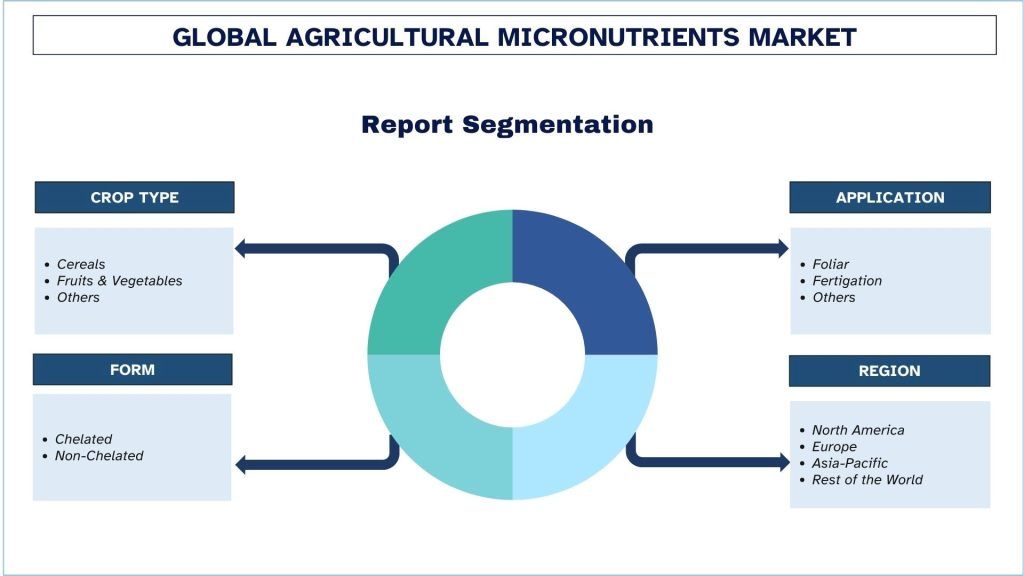
North America held a significant share of the market in the year 2023
The North American market for micronutrients for agriculture is continuously changing due to the acquisition of new technologies, consumer demand for quality food products, and the need to improve the health of the soils. Due to issues on nutrient availability and optimal Leave it to farmers when it comes to innovative micronutrient products since fertilizer is much needed to boost crop productivity and sustainability. There are increasing levels of regulatory support and research towards the sustainable efficiency derived from new formulations, chelated and organic micronutrients, or even nanoparticles. Further, new technologies are improving timely and targeted micronutrient applications, which come with the new precision agriculture technologies. This integrated approach to micronutrient application is preparing the North American market to embrace new industrial practices of increasing crop production as a sustainable business.
In June 2023, ICL, a global specialty minerals company, announced the North American launch of a new line of advanced foliar and fertigation solutions under their Nova brand of water-soluble fertilizers. Flagship products include Nova FINISH, Nova PULSE, Nova ELEVATE, and Nova FLOW.
Agricultural Micronutrients Industry Overview
The agricultural micronutrients market is competitive, with several global and international market players. The key players are adopting different growth strategies to enhance their market presence, such as partnerships, agreements, collaborations, geographical expansions, and mergers and acquisitions. Some of the major players operating in the market are AgroLiquid; Aries Agro Limited; BASF SE; BMS Micro-Nutrients NV; Coromandel International Limited; Haifa Negev technologies LTD; Helena Agri-Enterprises, LLC; Koch, Inc.; Nouryon Chemicals Holding B.V.; Nufarm Limited.
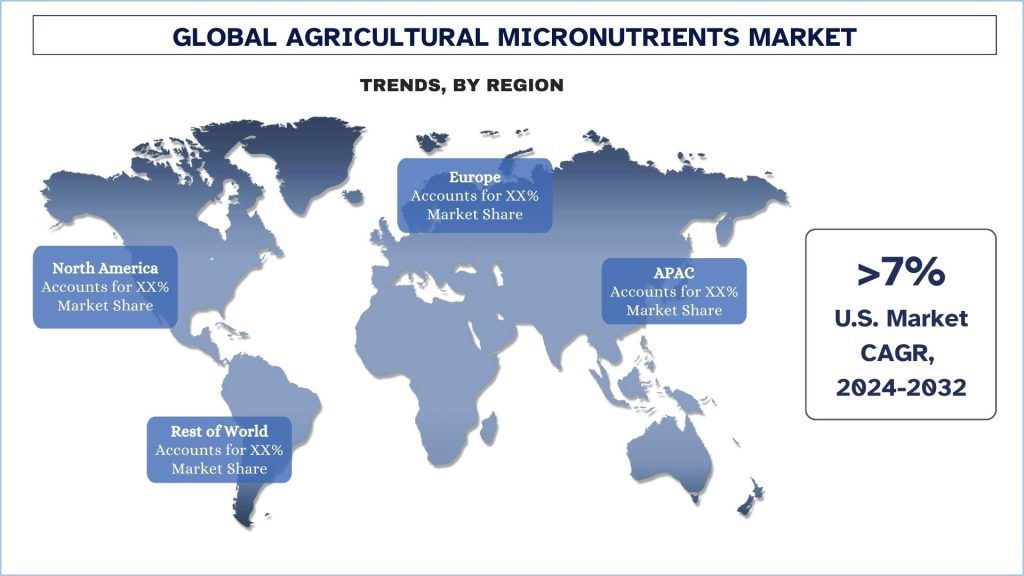
Agricultural Micronutrients Market News
In March 2023, Aries Agro launched Aries Majorsol micronutrient, a crop-specific product, to improve wheat growth and production in all field types.
In September 2022, FMC India, an agricultural sciences company, announced its portfolio expansion with three new products in support of Indian farmers to achieve better yields through good quality produce and an improved soil profile. The products included Cazbo crop nutrition, a specialty micronutrient solution, that effectively nourishes crops by supplementing essential elements like calcium, zinc, and boron, and working to correct multiple deficiencies and related disorders in most crops. It provides better efficiency compared to traditional calcium solutions when utilized in appropriate dosage and at the right stage of the crop growth cycle.
Agricultural Micronutrients Market Report Coverage
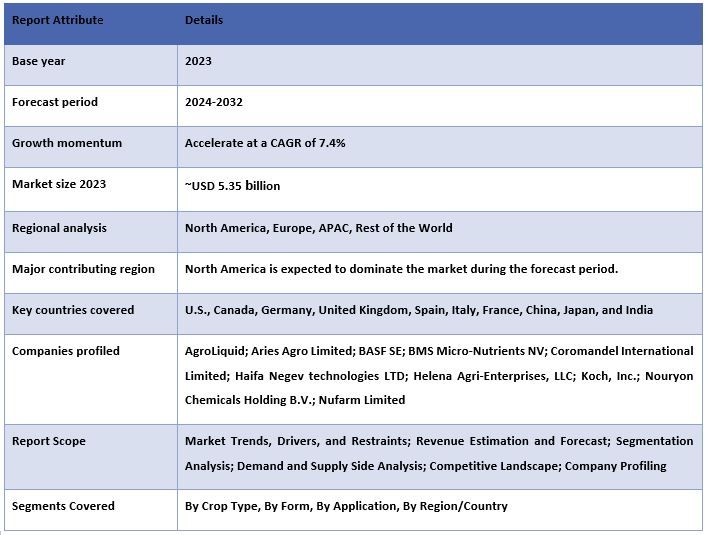
Reasons to buy this report:
- The study includes market sizing and forecasting analysis validated by authenticated key industry experts.
- The report presents a quick review of overall industry performance at one glance.
- The report covers an in-depth analysis of prominent industry peers with a primary focus on key business financials, product portfolios, expansion strategies, and recent developments.
- Detailed examination of drivers, restraints, key trends, and opportunities prevailing in the industry.
- The study comprehensively covers the market across different segments.
- Deep dive regional level analysis of the industry.
Customization Options:
The global agricultural micronutrients market can further be customized as per the requirement or any other market segment. Besides this, UMI understands that you may have your own business needs, hence feel free to connect with us to get a report that completely suits your requirements.
Table of Content
Research Methodology for the Agricultural Micronutrients Market Analysis (2024-2032)
Analyzing the historical market, estimating the current market, and forecasting the future market of the global agricultural micronutrients market were the three major steps undertaken to create and analyze the adoption of agricultural micronutrients in major regions globally. Exhaustive secondary research was conducted to collect the historical market numbers and estimate the current market size. Secondly, to validate these insights, numerous findings and assumptions were taken into consideration. Moreover, exhaustive primary interviews were also conducted, with industry experts across the value chain of the global agricultural micronutrients market. Post assumption and validation of market numbers through primary interviews, we employed a top-down/bottom-up approach to forecasting the complete market size. Thereafter, market breakdown and data triangulation methods were adopted to estimate and analyze the market size of segments and sub-segments of the industry pertains to. Detailed methodology is explained below:
Analysis of Historical Market Size
Step 1: In-Depth Study of Secondary Sources:
A detailed secondary study was conducted to obtain the historical market size of the agricultural micronutrients market through company internal sources such as annual reports & financial statements, performance presentations, press releases, etc., and external sources including journals, news & articles, government publications, competitor publications, sector reports, third-party database, and other credible publications.
Step 2: Market Segmentation:
After obtaining the historical market size of the agricultural micronutrients market, we conducted a detailed secondary analysis to gather historical market insights and share for different segments & sub-segments for major regions. Major segments are included in the report, such as crop type, form, application, and regions. Further country-level analyses were conducted to evaluate the overall adoption of testing models in that region.
Step 3: Factor Analysis:
After acquiring the historical market size of different segments and sub-segments, we conducted a detailed factor analysis to estimate the current market size of the agricultural micronutrient market. Further, we conducted factor analysis using dependent and independent variables such as crop type, form, application, and regions of the agricultural micronutrient market. A thorough analysis was conducted for demand and supply-side scenarios considering top partnerships, mergers and acquisitions, business expansion, and product launches in the agricultural micronutrient market sector across the globe.
Current Market Size Estimate & Forecast
Current Market Sizing: Based on actionable insights from the above 3 steps, we arrived at the current market size, key players in the global agricultural micronutrients market, and market shares of the segments. All the required percentage shares split and market breakdowns were determined using the above-mentioned secondary approach and were verified through primary interviews.
Estimation & Forecasting: For market estimation and forecast, weights were assigned to different factors including drivers & trends, restraints, and opportunities available for the stakeholders. After analyzing these factors, relevant forecasting techniques i.e., the top-down/bottom-up approach were applied to arrive at the market forecast for 2032 for different segments and sub-segments across the major markets globally. The research methodology adopted to estimate the market size encompasses:
- The industry’s market size, in terms of revenue (USD) and the adoption rate of the agricultural micronutrients market across the major markets domestically.
- All percentage shares, splits, and breakdowns of market segments and sub-segments.
- Key players in the global agricultural micronutrient market in terms of products offered. Also, the growth strategies adopted by these players to compete in the fast-growing market.
Market Size and Share Validation
Primary Research: In-depth interviews were conducted with the Key Opinion Leaders (KOLs) including Top Level Executives (CXO/VPs, Sales Head, Marketing Head, Operational Head, Regional Head, Country Head, etc.) across major regions. Primary research findings were then summarized, and statistical analysis was performed to prove the stated hypothesis. Inputs from primary research were conso0lidated with secondary findings, hence turning information into actionable insights.
Split of Primary Participants in Different Regions
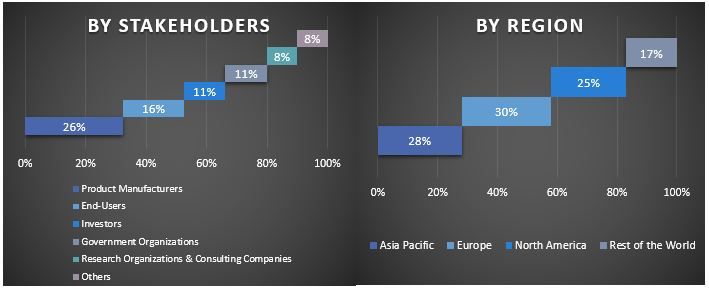
Market Engineering
The data triangulation technique was employed to complete the overall market estimation and to arrive at precise statistical numbers for each segment and sub-segment of the global agricultural micronutrient market. Data was split into several segments and sub-segments after studying various parameters and trends in the areas of crop type, form, application, and regions in the global agricultural micronutrients market.
The main objective of the Global Agricultural Micronutrients Market Study
The current & future market trends of the global agricultural micronutrients market were pinpointed in the study. Investors can gain strategic insights to base their discretion for investments on the qualitative and quantitative analysis performed in the study. Current and future market trends determined the overall attractiveness of the market at a regional level, providing a platform for the industrial participant to exploit the untapped market to benefit from a first-mover advantage. Other quantitative goals of the studies include:
- Analyze the current and forecast market size of the agricultural micronutrients market in terms of value (USD). Also, analyze the current and forecast market size of different segments and sub-segments.
- Segments in the study include areas of the crop type, form, application, and regions.
- Define and analysis of the regulatory framework for the agricultural micronutrient
- Analyze the value chain involved with the presence of various intermediaries, along with analyzing customer and competitor behaviors of the industry.
- Analyze the current and forecast market size of the agricultural micronutrients market for the major region.
- Major countries of regions studied in the report include Asia Pacific, Europe, North America, and the Rest of the World
- Company profiles of the agricultural micronutrients market and the growth strategies adopted by the market players to sustain in the fast-growing market.
- Deep dive regional level analysis of the industry.
Frequently Asked Questions FAQs
Q1: What is the agricultural micronutrient market's current market size and growth potential?
Q2: What are the driving factors for the growth of the agricultural micronutrient market?
Q3: Which segment has the largest share of the agricultural micronutrient market by crop type?
Q4: What are the emerging technologies and trends in the agricultural micronutrients market?
Q5: Which region will dominate the agricultural micronutrients market?
Related Reports
Customers who bought this item also bought

